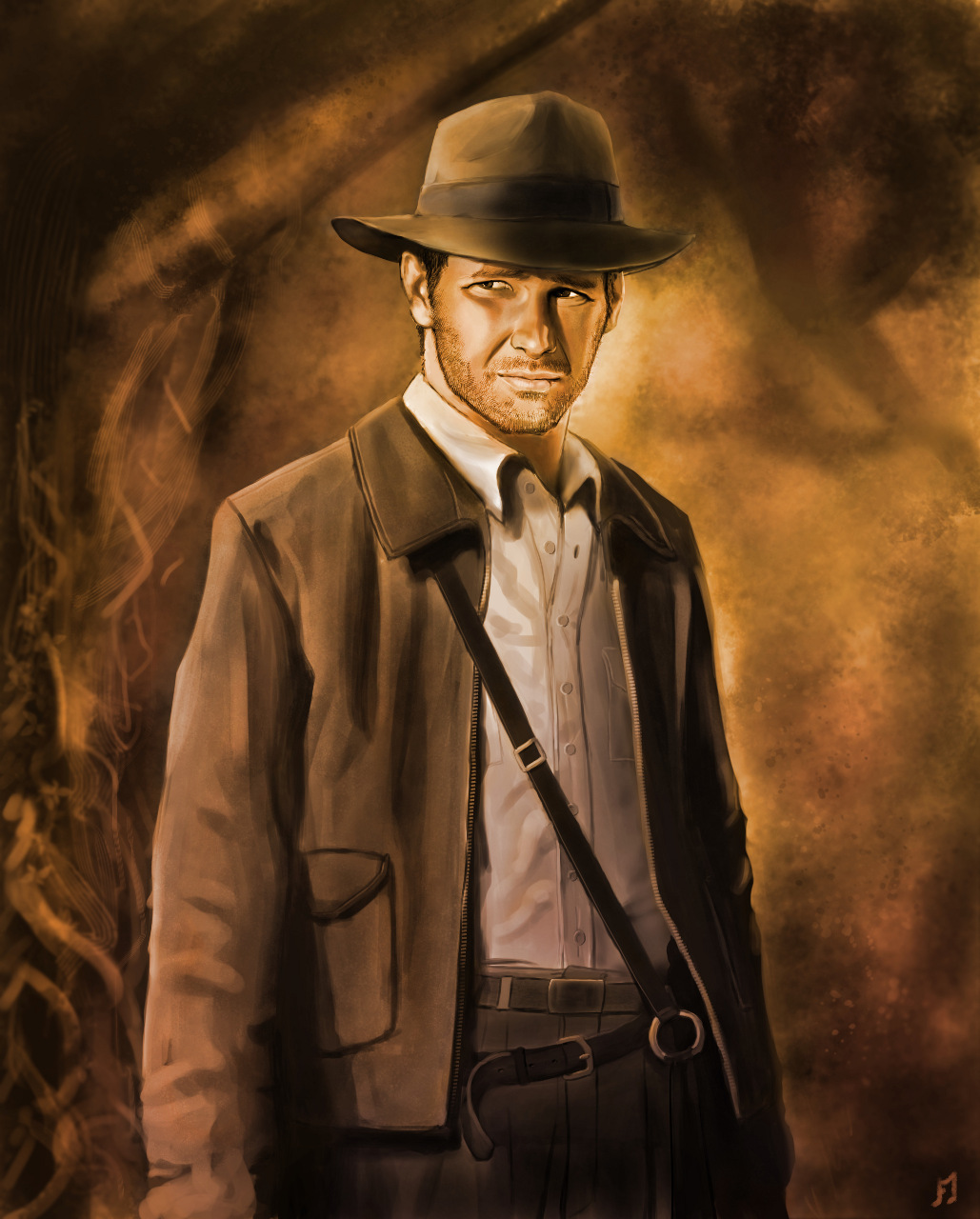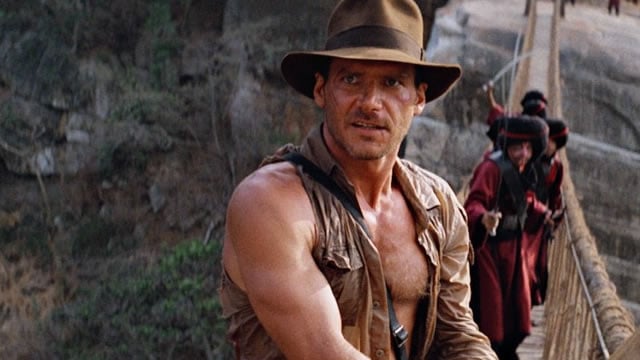- As an artist:
- I learned the skills necessary to create a devised theatre piece. -Working as a group to create something, media manipulation, etc.
- I learned how to rely on visuals and sound to create meaning and a compelling experience.- our piece was not story driven. There was no character arch, there was only the idea: people disconnect in different ways. So to create a piece that could communicate that theme without the aid of dialogue or story we had to utilize the visuals and media to communicate and engage.
- I learned the value of symbolic movement- our piece had minimal dialogue and so during the prerecorded interviews we had to create something that would be visually intriguing otherwise our audience would check out.
- I learned that if you can defend a piece of work then anything can be considered art- our piece wasn't visually enjoyable. It leaned closer to Dada than to traditional art forms. But, because we were able to defend our choices and explain our process it was looked at as art.
- As an educator:
- I learned that if I give vague and general guide lines for a project I can't expect all the projects to turn out the same.- Watching the other groups' work and comparing them to ours was like going to an art gallery, seeing the neoclassical pieces next to a cubist piece, and then trying to grade both styles with the same assessment scale. It becomes quite difficult to compare and grade work that are so far on the theatrical scale from each other.
- I learned that if I ever want to work collaboratively with a group of other creators in the school: like if I joined up with the English and History department to present something, I'd have to act as a mediator so that ideas wouldn't get squelched by those in the group who are more assertive than the others. In this project I saw quite a bit of that, my ideas and the ideas of others had to go through the self-assumed idea person. If it didn't get accepted by this one person than it wouldn't go through. Many ideas could have been adapted or used if the dynamic had been different.
- I learned the importance of choosing your collaborators in a project: as I go forward as an educator I'm positive I will be required to group up with a team I don't have a say in selecting. But, I will do my very best to select the different collaborators in projects I participate in. As much fun as it was creating upper level theatre with half a group that has no experience with lower level theatre it was actually quite stressful and overall cumbersome to the overall project and product we were able to present.
- Images for the slide show.
- Props for the final performance.
- I acted as collaborative director- taking what we talked about and translating that to the stage, and translating it in a way that our less theatre savvy partners could access/understand.
- I provided costume design.
- I was the stage manager of the project. I was the communication liaison- the other group members would communicate with me when they were late, or to double check on the times or places we would be rehearsing. Group members contacted me to confirm their assignemnts.
- I acted as musical advisor- giving compositional advise and ideas to our music director.
- I acted as group therapist.
- How I might use this style of project for my theatre class:
- I could use this for a divised theatre of the oppressed project. -I'd start by having the students interview each other and then branch out to others. That way we get a larger variety of sources: those who are up to date with the theatre practices we will be using and those who aren't. This would provide the same challenges encountered in this project: translating information that has no relation to theatricality or public performance into a theatre piece.
- I could use it and have students reinterpret a text and present it in a new form. -I might make a hybrid of the crucible project we did earlier and this project. Have students in role and interview characters from a text and then create a devised piece off of that.
- I could use it to fill a unit section I don't like to teach- have the students teach themselves! Yay, devised theatre!
- How I might use this style of project for my history class:
- I could have students take actual interviews from historical persons and use that as a base line for their devising. -They could use Nixon's interview and use that as the inspiration of a theatre piece.
- I could have students interview people about current events and then have them present something like out devised theatre pieces.
- I could have them be in role and have interviews with each other as historical figures and have them use those interviews as the base line for a larger devised piece.














